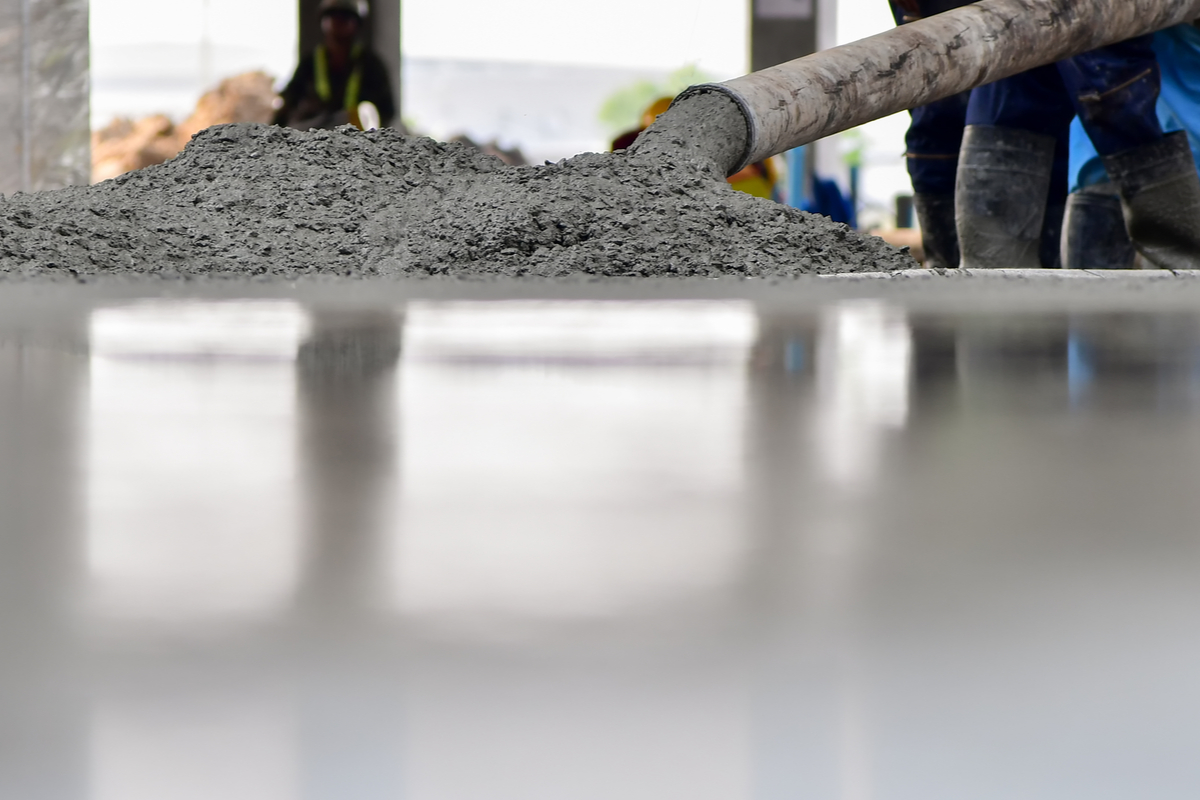At Griffin Contracting, we help with many types of large projects involving new construction and infrastructure maintenance.
Along the way, we’ve learned a lot about what affects these kinds of projects, and how to make sure that things run smoothly. Many of these jobs are enormous ‘organisms’ or in other words, complex systems with their own design components and particular needs. It’s not just a question of “picking a day to get something done” – the scope and the timeline need to be effectively managed in order to achieve the best result, or even, in many cases, a decent result.
This is ultimately true in pouring concrete, which is a major part of what we do for many clients.
Good concrete jobs will lead to long-term safety and utility for local residents and visitors but again, this rests on a variety of important factors.
Pouring Concrete and Temperature
The temperature of the local climate is one of the things that our concrete crews always keep an eye on. That’s because temperature is such an important factor in pouring concrete. As soon as a temperature dips below a particular point, it is not safe to do these projects without possibly compromising quality.
Frozen ground can cause concrete projects to crack later as the ground thaws. That’s an enormous failure from a design and engineering standpoint. However, another problem is also sadly more common than it should be.
Professionals call this problem spalling. It happens when colder temperatures create issues with differences between the top layer and bottom layers of the concrete. Later, you get a sort of flaking on top, and it creates an uneven surface. First of all, it looks terrible, and secondly, it leads to inferior results over time.
Humidity
Humidity can also cause certain kinds of cracking. In this case, if there’s too much evaporation from poured concrete, cracking happens as a result of those differences in moisture.
So as we look at temperature, we also look at humidity and the overall weather context.
Wind
Lots of small-time contractors understand the impact of both temperature and humidity, but they might not think about the impact of high wind speeds.
Too much wind or intense air speeds near the top layer can also cause concrete to crack. That means if you have a good day, but it’s extremely windy, you may want to assess the project accordingly.
Traffic
Obviously, traffic around the site also has an impact. Not vehicle traffic so much, but pedestrian traffic and the movement of people and animals around the space. That might sound basic, but some companies ignore this kind of thing at their peril.
We are involved in creating those quality conditions for getting value out of projects that we do for municipal and private sector stakeholders. Take an approach to a job that involves top-quality, and you get what you pay for out of your investment in new building or maintenance.


